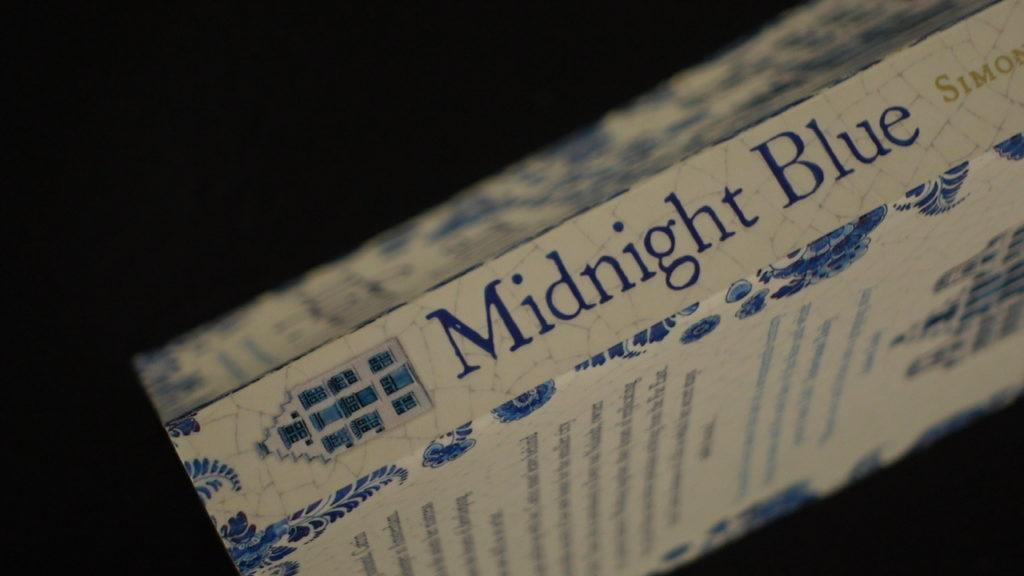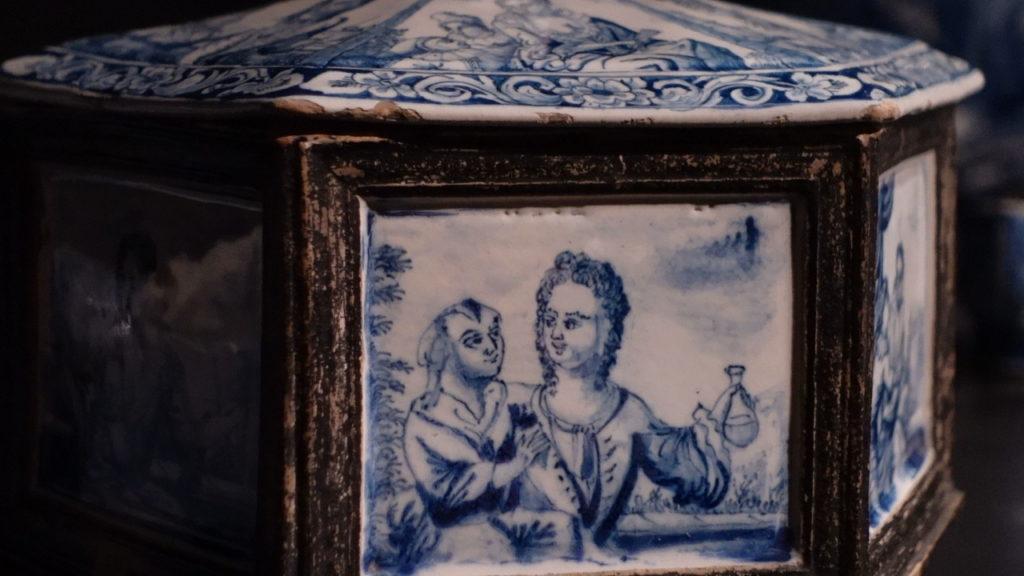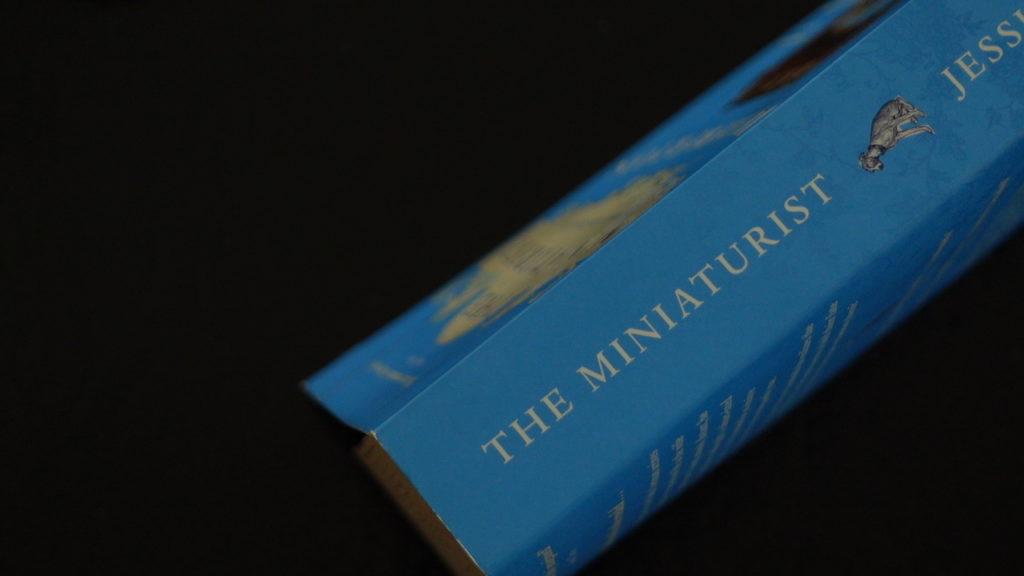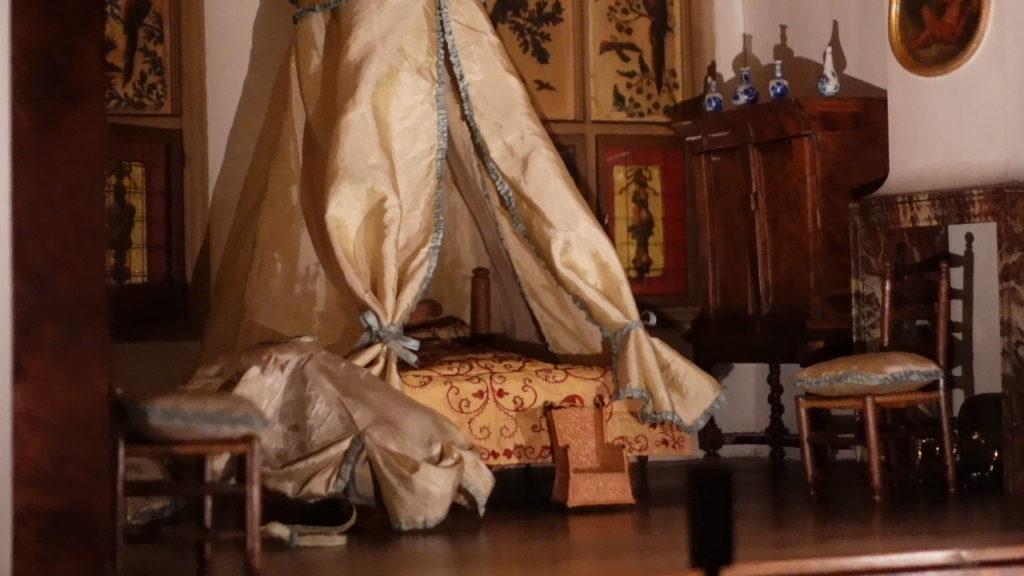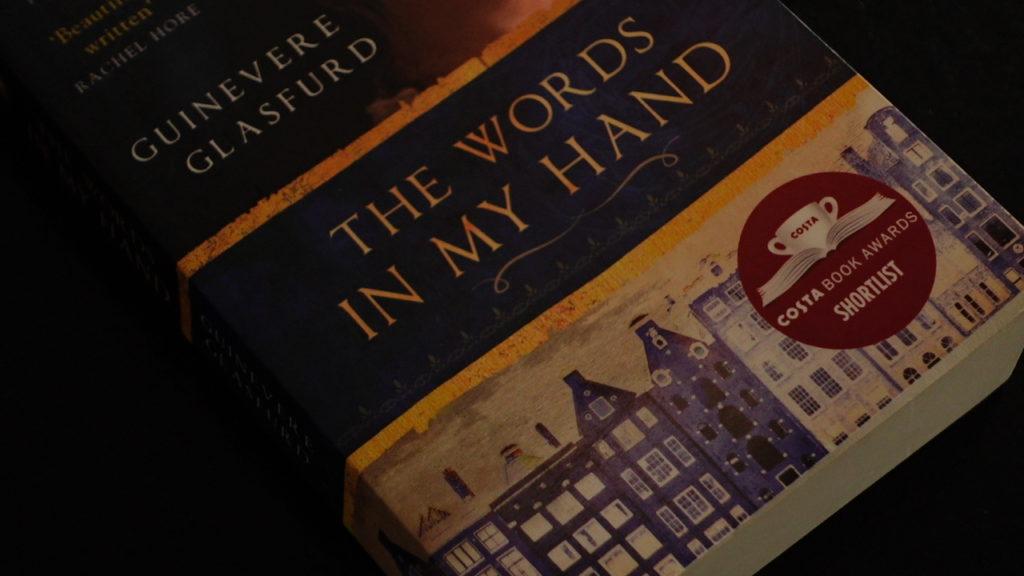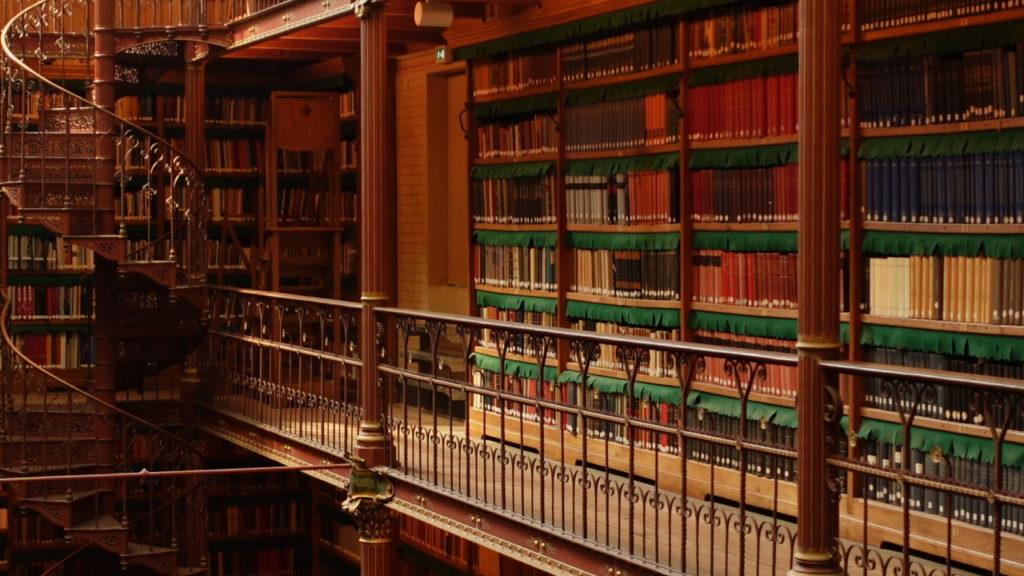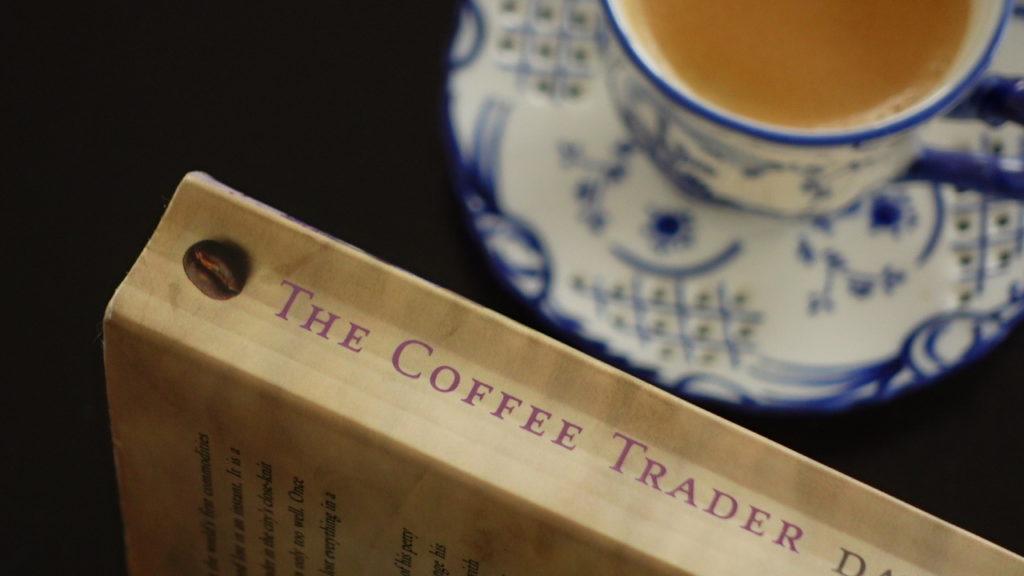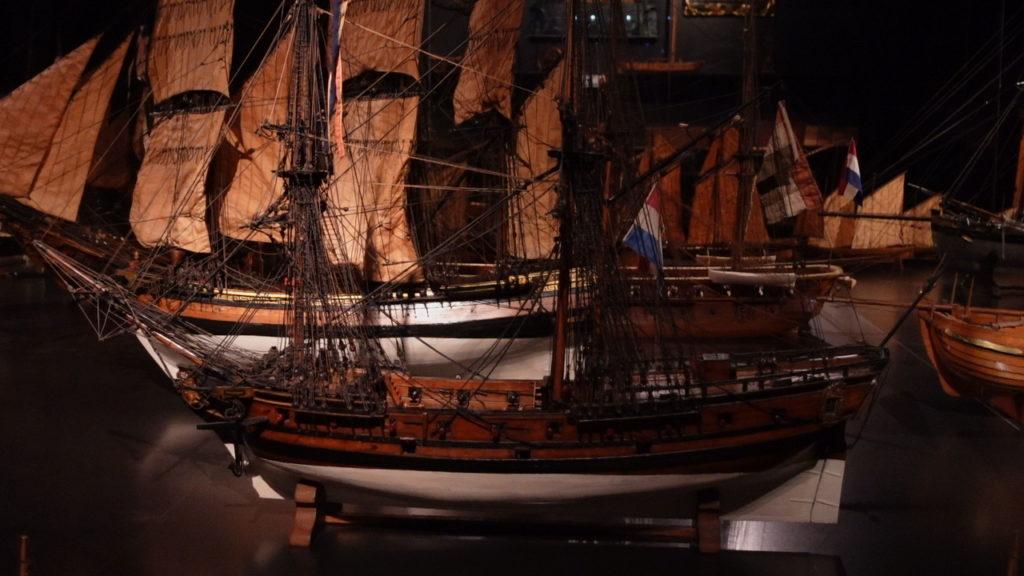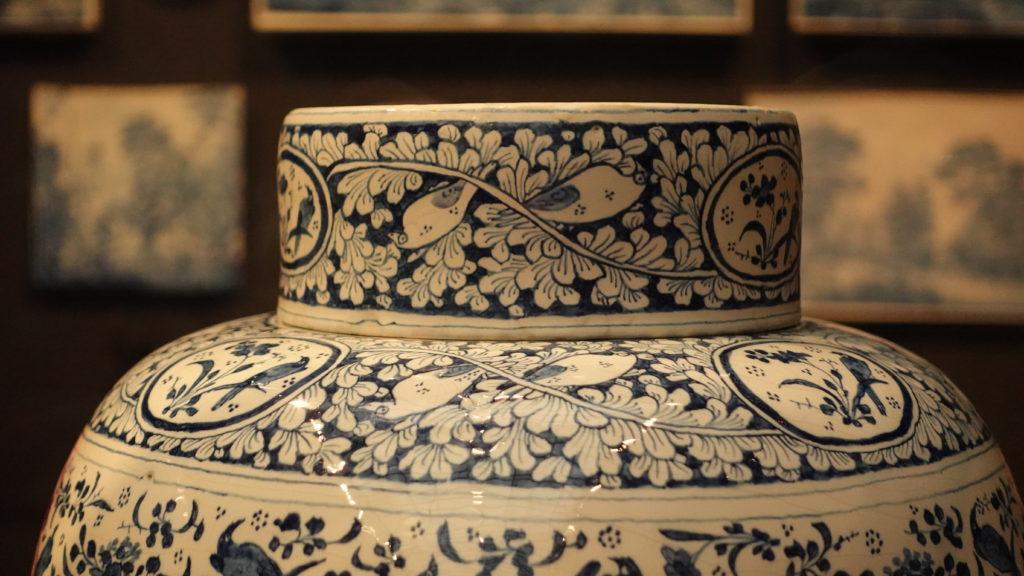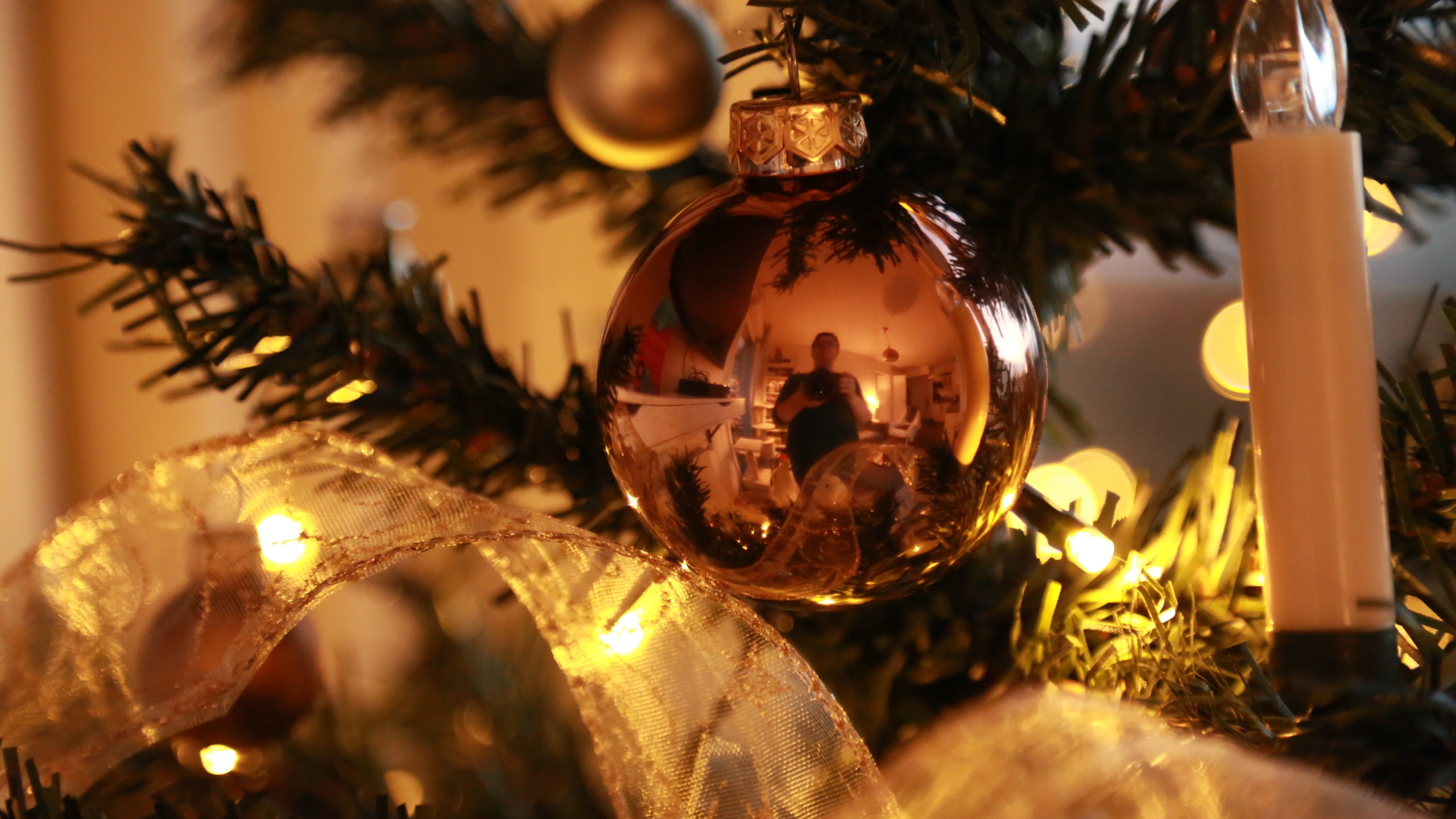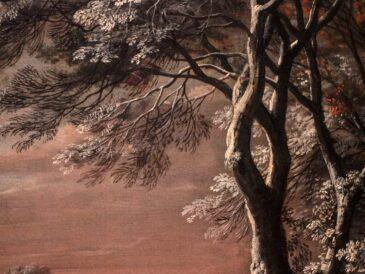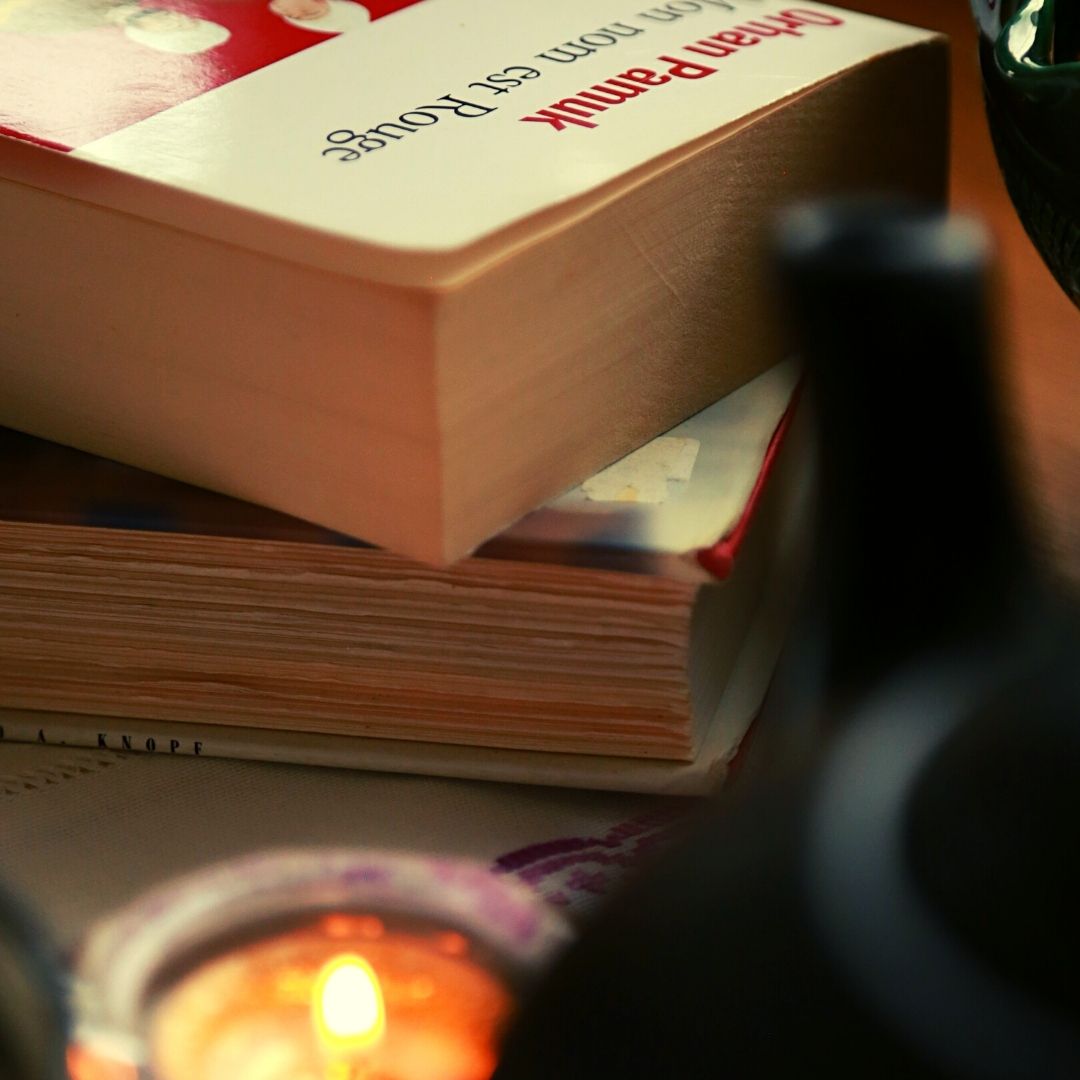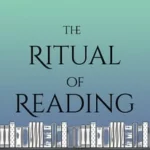You know that buzzing feeling you get when you check something very dear to your heart off your bucket list ? That was me back in January when I decided this would be the year I’d finally see the Dutch tulips. And if you’ve been here for a while, you know that planning is half of the joy for me. The end of April was decided, so I had three months not only to plan the actual trip but also to start reading in order to get in the mood.
I had so many videos in mind and wanted to film exciting shots for my project. Yet not everything went according to plan, partly because I happened to choose a very busy week-end to visit Amsterdam, and partly because in the midst of all the crowds that had joined to celebrate King’s Day in the Netherlands, I chose to focus my attention on truly experiencing the places that I visited, and that meant leaving the camera on the side for a while.
So the following videos will focus more on the reading experience than on the actual travel, which make them perfect for those of you who want to travel with a few good books from the comfort of your living room, or for those looking to prepare or prolong a visit to the Netherlands.
Today we’re starting off with a selection of novels that take us back to the Golden Age of the Dutch Republic, the 17th century, and what better place to find traces of the characters or glimpses of the plots than at the national museum of the Netherlands, the Rijksmuseum.
Midnight Blue, by Simone van der Vlugt
The first novel I happened to get my hands on in January was coincidentally also the only one from my pile written by a Dutch author : Midnight Blue by Simone van der Vlugt. Delft remains on my bucket list for a future adventure, but if, like me, you are passionate about the history of pottery and porcelain, this is the novel for you. Midnight Blue tells the story of Catrin, a young widow from the northern provinces that arrives in Amsterdam as a housekeeper to a merchant family. Here, she discovers her talent for painting, but as a secret from her past threatens her new life, she flees to the charming city of Delft, where Dutch potters were desperately trying to imitate the refinement of Chinese porcelain.
Like any novels on starting a new life, be they historical or contemporary, this is exhilarating to read if only to cheer on young Catrin and her bold choices. I have to say that the writing came off a bit austere at first, but I suspect it has something to do with the translation from a language that I have come to understand has a very unique structure and history, being one of the earliest recorded languages of Europe. Once I got used to it however, it became part of the experience and it set the tone for my immersion into the Dutch culture.
“Magnificent!”, says Quentin almost in awe.
And they are magnificent : the light blue on the perfect white background, the mysterious dragons and Chinese figures, the flowers and angels. Seen through the sheen of the extra layer of glaze they seem to come to life. I almost can’t believe that I painted them. My face glows with pride and happiness.
― Simone van der Vlugt, Midnight Blue
The Rijksmuseum is the perfect place to explore Delftware and an opportunity to learn about its history. While inspired by the classic Chinese blue and white porcelain of the Ming period, Delft pottery is actually a faïence, a tin-glazed earthenware produced in the Netherlands from the 16th century. A few details and secrets of the craft make Delftware stand out amongst other types of pottery : the use of marl, a type of clay found in marine environments, allowed the Dutch potters to make finer items. And a unique combination of completely covering the pots in white tin glaze, and then covering the whole thing with clear glaze, gave depth to the fired surface and smoothness to cobalt blues, ultimately creating a good resemblance to porcelain. Creativity and technical innovation you cannot help but marvel at while walking the halls of one of the most remarkable museums in the world.
The Miniaturist, by Jessie Burton
The next novel on my list is an international bestseller, so chances are you’ve already read it. Jessie Burton’s debut novel, The Miniaturist, is a thrilling story set in Amsterdam between 1686 and 1687, where Nella Oortman makes an arranged marriage to Johannes Brandt that proves to be an incredible challenge for the young woman. Yet one of the rare joys of her new life, is furnishing the cabinet house offered by her husband, a replica of the very house they live in. And so, she starts ordering furniture and tapestry and all the other elements from a mysterious miniaturist whom she never meets, but that becomes the exotic touch in this somber family story.
This is a novel that stays glued to you from start to finish, I remember receiving it as a gift from a dear friend, and from the first page on, I couldn’t stop reading. It’s not only the plot that keeps you going, Jessie Burton has a very unique way of giving a voice and a purpose to her characters.
What are we all chasing? Nella wonders. To live, of course.
To be unbound from the invisible ropes that Johannes spoke of in his study. Or to be happy in them, at least.
― Jessie Burton, The Miniaturist
Every review or interview of Jessie Burton mentions the inspiration for her novel : a doll house made for Petronella Oortman visible in the galleries of the Rijksmuseum. Petronella was the wife of the wealthy merchant Johannes Brandt, and she had this doll house made somewhere in the late 17th – early 18th century. Tortoiseshell and pewter on the outside, perfectly to scale furnishings made from real materials, this is such a curious find in a museum, I suppose it was only a matter of time before a writer took hold of the subject. The visitors queue in silent excitement for a few moments in front of this fascinating piece of history. And I must say, once you’re up there, there’s something about it… and I probably wouldn’t have felt it without reading the book beforehand.
The words in my hand, by Guinevere Glasfurd
On of the most surprising novels on my Dutch inspired list was Guinevere Glasfurd’s novel, The words in my hand. Based on the true story (that I didn’t know) of René Descarte’s relationship with Helena Jans van der Strom, a Dutch servant that gave him a daughter and according to some, a new quest in finding universal answers, the novel chooses to present Helena’s life story and through it, an alternative to women’s access to knowledge. Another debut novel, and an equally brilliant one in my view, as Guinevere Glasfurd takes a somewhat modern twist to the story that must already have been quite unusual for the times. I loved and hated Helena almost simultaneously throughout the book, and in the end, I believe these words define her best :
I stared into the flames and listened to my breathing. Gradually, the ache in my arms from carrying Francine grew less.
Helena, I thought, you’ve got breath in you and you are strong. Not strong like an ox, because an ox can be stubborn, but like the wind, filling a sail or lifting roof tiles and tumbling hats from heads.
― Guinevere Glasfurd, The words in my hand
I found the wisdom in these pages in the hidden jewel of the Rijksmuseum, the Cuypers Library. Pierre Cuypers was a Dutch architect, best known for the iconic Amsterdam train station and of course, the Rijksmuseum. Cuypers believed that a museum should be a place not only for amazement and appreciation, but also for learning, which is why he included the famous Cuypers library in his design for the Rijksmuseum. When it was completed, this was the Netherlands’ largest art historical library, and it still is today. The collection contains a total of around 450.000 objects, which anyone is welcome to consult and study. The decorations in the library had two functions: to celebrate art historians, and to ask visitors to be quiet. On the wall you will find a text that reads (in Dutch): Thou hast two eyes and one mouth. Let this be a sign to you – to read much, and not to speak.
The coffee trader, by David Liss
Having returned from the Netherlands for two weeks already, I must say I’m pleased to have reserved a few more books for the after party, this way I’m prolonging the joy of my travels a little longer. I’m currently half way through David Liss’ thrilling novel The coffee trader and I’m thoroughly enjoying myself. This is a historical suspense novel, as we discover the early days of the coffee trade in Europe along with our main character Miguel Lienzo. I like the fact that this covers parts of the history of the Jewish community in Amsterdam, which I haven’t really explored this time, and of course, parts of the fascinating and vast subject of the United Dutch Chartered East India Company.
If the early trading activities are a subject of interest for you, then the lowest level of the Rijksmuseum is where you should head to. Models of ships, big or small, tell the story of one of the most powerful naval forces of history. And even if these usually tell stories of war and struggle for military power, they also remind me of commercial power and its early days when importing coffee would have been peculiar to say the least. Looking forward to reading the end of this story…
I hope you’ve enjoyed this first window into my Dutch spring of 2023. All of the novels have been entertaining, but what I enjoyed the most about reading them was the illusion of experiencing Dutch life in the 17th century for most of them. I sensed the light, I smelled the brick, the bread and the canals, I was in their houses and on their streets and it felt exhilarating to experience it firstly through my imagination. This made my first meeting with Amsterdam a little like returning to a place I used to live in.
In the next videos, I’ll zoom in on two particularly famous Dutch artists as well as give you a glimpse into the tulip season, since that was the main goal of my trip, so make sure you subscribe and activate the notifications for my videos, so you don’t miss a thing.
Until next time, enjoy your reading and your rituals !
If you would like to support The Ritual of Reading, please consider purchasing your books from the Bookshop.org dedicated site by clicking the link below. You get to support local bookstores and I make a small commission with every purchase. Thank you !

